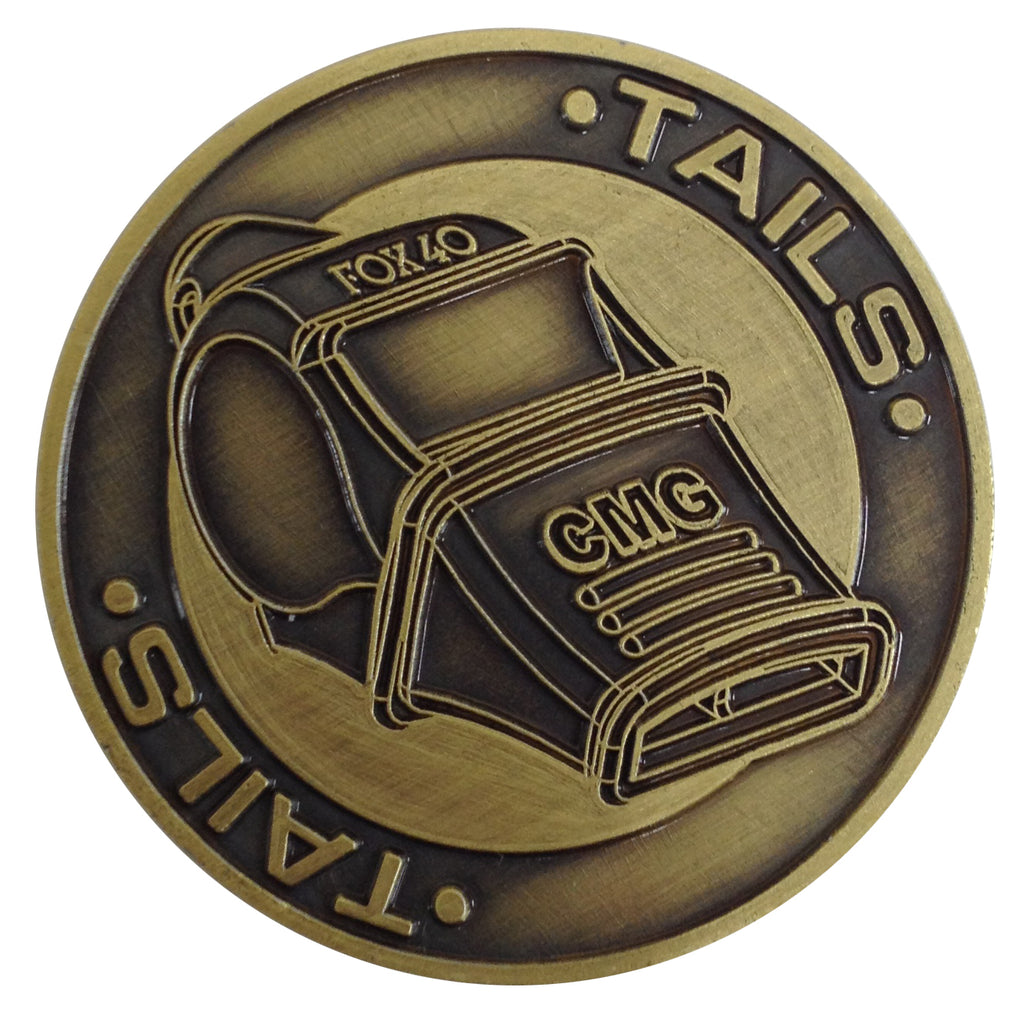

Other research suggests that even if a grossly weighted coin is used (1 side lead, the other balsa wood), no significant bias shows up. However, independent statistical analysis showed that random variation could produce such scatter even with an unbiased coin given this number of spins (acceptable range 43.8%–56.2%). 3 This report resulted in a tongue-in-cheek warning in the British press to teams playing against Belgium in the forthcoming soccer World Cup. With the introduction of the Euro, Polish statisticians claimed that the 1 € coin (from Belgium), when spun on a surface, came up heads more often than tails. This could be achieved by tampering with a coin. In theory, one side could be more weighted, thus making the coin toss unfair. However, because of the large number of tosses required to detect this difference (shown to be 250 000 tosses), this apparent difference is generally irrelevant.Ĭoins have different raised profiles on each side. But if it is known, the side of the coin that starts off face up is more likely to end that way up because that side spends more time facing up during the flight than does the opposite side. If this is not the case, the true 50:50 probability of the result prevails. Because catching a coin in one’s palm and turning it onto the back of the opposite hand allows for manipulation with sleight of hand, the coin must be allowed to just land in the palm of the hand.ĭiaconis and colleagues 2 assumed that when tossed, the uppermost side of the coin is known by the tosser (and caller). Diaconis states that, for a fair toss, the coin must be caught in the palm of the hand and not allowed to land on a surface and bounce, because the latter often incorporates a degree of spinning on the coin’s edge. They suggest that, for natural flips, the chance of the coin landing as it started is about 0.51, with a number of assumptions or required conditions. Research by Diaconis and colleagues 2 has suggested a dynamic bias to coin tosses. Given that we would never know the manipulation skills or motivation of the person tossing the coin, this method seems unsuitable for randomization procedures in experiments in which bias needs to be minimized. We have shown that a person tossing a coin may have the ability to manipulate the toss and significantly bias the results to their liking.

With respect to the use of a coin toss to randomly assign patients to a treatment in a clinical trial, our results could be considered clinically significant if only 1 participant in this study had achieved a nonrandom result. With devoted training, more participants would probably be able to achieve this figure, and the magnitude of the manipulation would probably be increased.
#3 WAY COIN FLIP HOW TO#
This study shows that when participants are given simple instructions about how to manipulate the toss of a coin and only a few minutes to practise this technique, more than half can significantly manipulate the outcome. The opponent often calls the toss when the coin is airborne, although in the case of randomization for clinical trials, this is unnecessary because one is simply looking for an outcome. The catching method should not matter, provided it is consistent for each toss. The coin may be allowed to fall to the floor or other surface or it may be caught by the “tosser” and sometimes turned onto the back of the opposite hand and then revealed. All this is done with an upward movement of the hand and forearm.

The thumbnail strikes the part of the coin unsupported by the index finger, sending it rotating upward. The coin is initially placed on a bent forefinger, and the thumb is released from under the coin surface, where it has been held under tension. When a coin is flipped into the air, it is supposedly made to rotate about an axis parallel to its flat surfaces. (Research suggests that when the coin is allowed to fall onto a hard surface, the chance of this happening is in the order of 1 in 6000 tosses. There are only 2 possible outcomes, “heads” or “tails,” although, in theory, landing on an edge is possible. This method may be used to resolve a dispute, see who goes first in a game or determine which type of treatment a patient receives in a clinical trial. The toss or flip of a coin to randomly assign a decision traditionally involves throwing a coin into the air and seeing which side lands facing up.


 0 kommentar(er)
0 kommentar(er)
